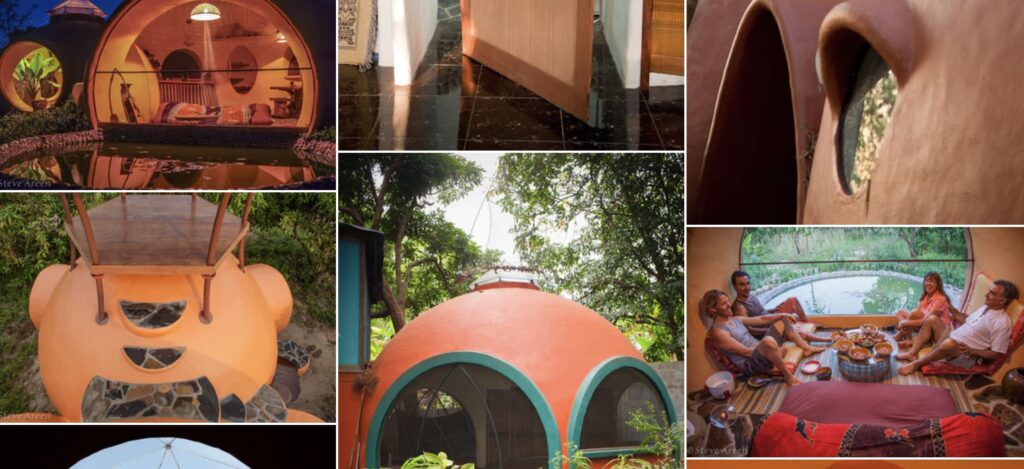
Aircrete is quickly gaining popularity as an affordable, eco-friendly, and easy-to-use building material for DIY home construction. Whether you’re looking to build a tiny home, dome house, or a durable structure on a budget, it offers an excellent alternative to traditional concrete. In this guide, we’ll explore what it is, why it’s an ideal material for DIY builders, how to make it, and where you can learn more from experts.
Aircrete, also known as aerated concrete or foam concrete, is a lightweight building material made by mixing cement with a foaming agent. The result is a material filled with tiny air bubbles, making it significantly lighter than traditional concrete while still being strong and insulating. It is used for walls, floors, and even domed structures, offering a cost-effective solution for durable and energy-efficient buildings.
This material is much cheaper than conventional concrete and other building materials. Because it contains a high percentage of air, less cement is needed, reducing costs dramatically. This makes it an excellent choice for budget-conscious builders looking to construct affordable homes. Some enthusiasts are building beautiful dome homes for around only $10k and even making great passive income putting it up on Airbnb. The uniqueness for a rental makes it extremely popular on Airbnb.
One of aircrete’s biggest advantages is its weight. Traditional concrete is dense and heavy, requiring specialized equipment for transportation and installation with multiple workers. Aircrete, on the other hand, is light enough for one person to move and cut with basic tools. This makes it perfect for DIY home builders who want to construct a home without heavy machinery.
The air bubbles in aircrete give it excellent insulating properties, making homes built with it naturally cooler in summer and warmer in winter. This can significantly lower energy bills and make aircrete homes more sustainable.
Unlike wood, aircrete does not burn or attract termites. Its fire-resistant properties make it a safer choice for home construction, especially in fire-prone areas.
Aircrete can be poured into molds to create blocks, panels, or even unique shapes like domes and arches. Its flexibility makes it ideal for creative DIY builders looking to design custom homes.
Making aircrete at home is a simple process that requires just a few ingredients and tools. Here’s how you can do it:
To enhance the strength and durability of aircrete, various additives can be incorporated into the mix.
Fiber reinforcements such as polypropylene, basalt, or even natural fibers help improve tensile strength and reduce cracking.
Pozzolanic materials like fly ash or silica fume can increase density and long-term durability.
Liquid polymers (such as acrylic or latex) enhances flexibility and water resistance, making aircrete more suitable for harsher environments.
Fine sand or additional cement to create a denser, more load-bearing material while still retaining its lightweight properties.

For those looking to take their aircrete building skills to the next level, Domegaia is a leading authority in aircrete construction. Founded by Hajjar Gibran, Domegaia offers workshops and hands-on training worldwide, teaching people how to build eco-friendly and affordable aircrete homes. Their website provides resources, tools, and guidance for beginners and experienced builders alike.
Domegaia specializes in dome homes, which are not only aesthetically pleasing but also structurally strong and efficient. Their workshops teach participants how to make the material, construct dome homes, and utilize sustainable building techniques.
© 2025, LandZero
Notifications